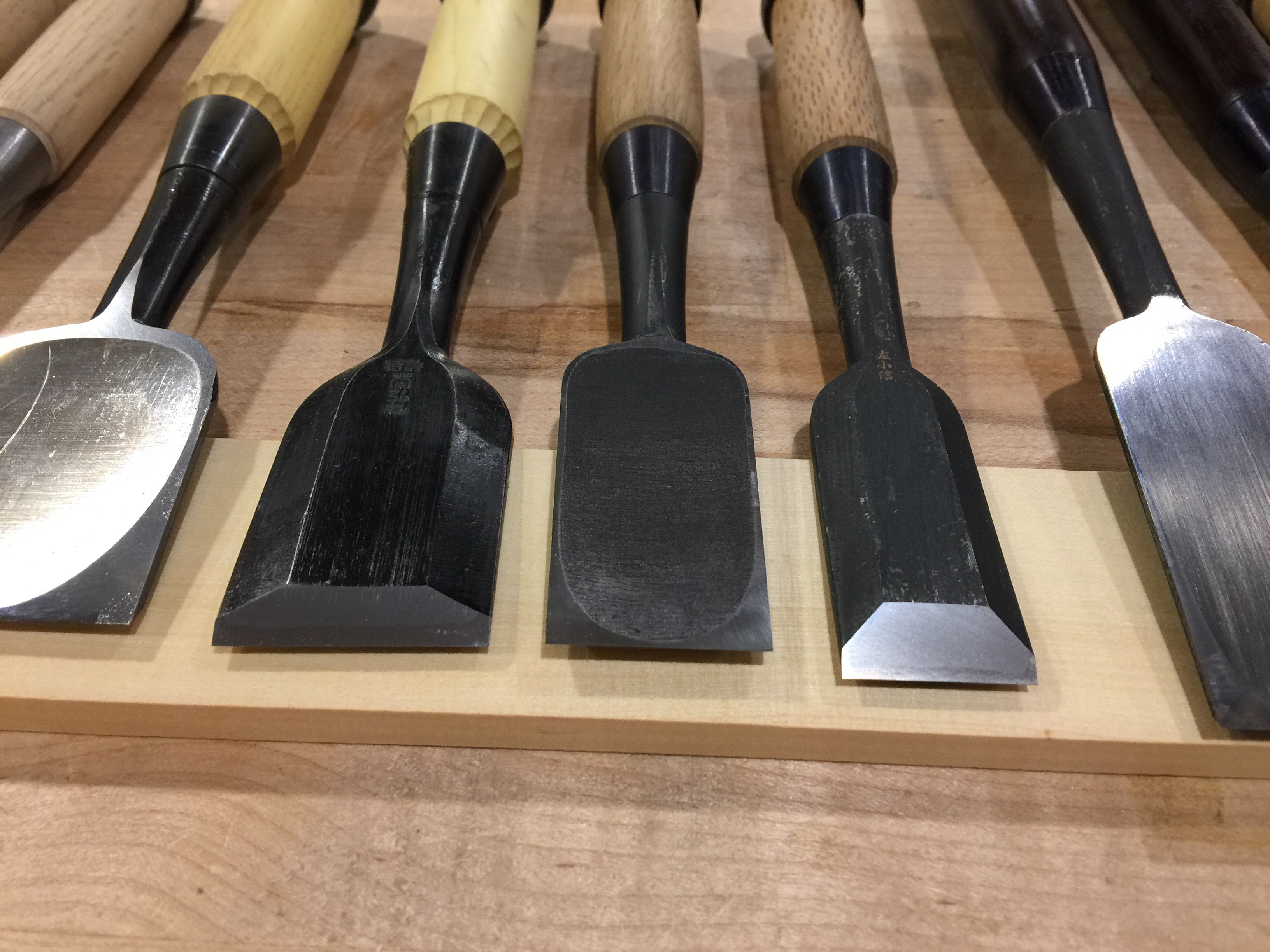Hi Guys,
I've been hearing good things about Japanese chisels from friends or other woodworkers that use them. Japanese tools seem to be hard to find information on (at least that I can understand), as they seem to be referred to by their Japanese names. Because of this I've decided to limit any purchases to the Tools from Japan website, but I'm still overwhelmed by choice for bench chisels.
I'm looking a for a high quality set of bench chisels, used for the regular fare - dovetails, joinery, a bit of paring and cleaning up for tenons and mortises. Looking for suggestions for a good set at a decent price (I know the good japanese chisels run a huge range of prices, so nothing at the higher end).
Thanks for your suggestions!




 Reply With Quote
Reply With Quote









